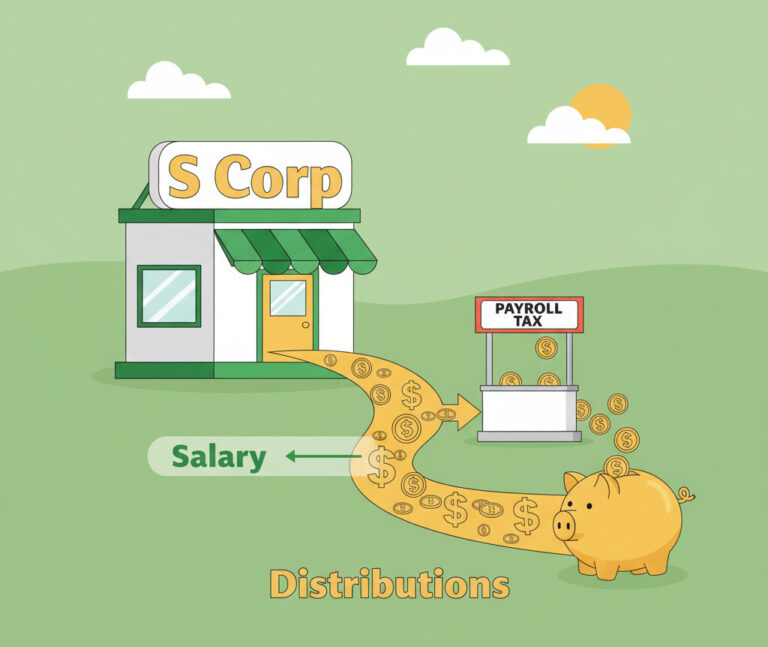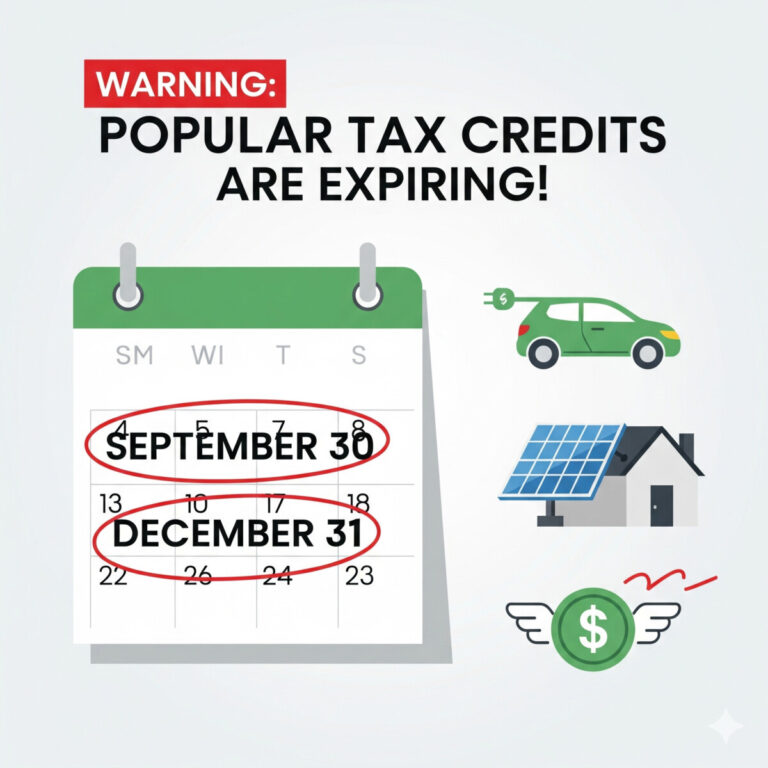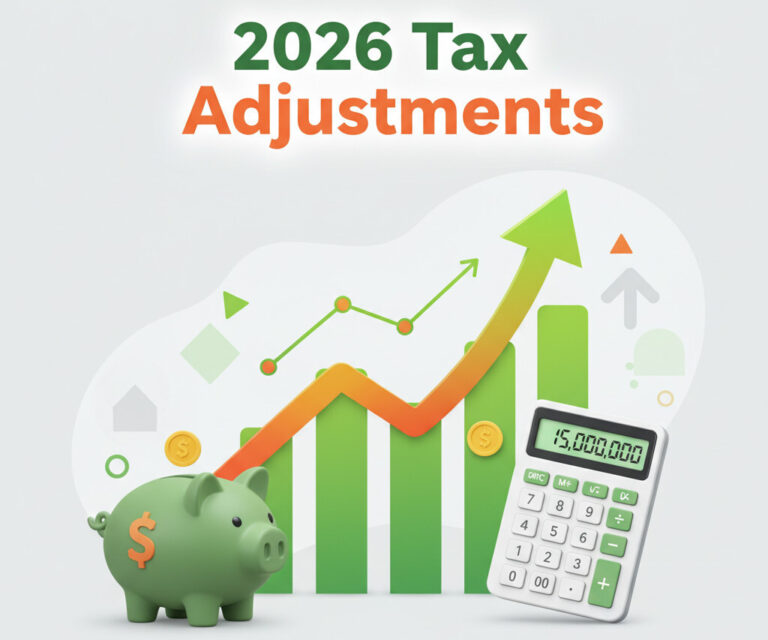The New Form 1099-DA: A Complete Guide to the IRS’s New Crypto Tax Rules
Have you ever found yourself staring at your crypto portfolio, wondering how you’re going to sort through a year’s worth of trades come tax season? If you’ve ever felt a slight panic about reporting your digital asset transactions to the IRS, you’re not alone. The rules have often felt a bit like the Wild West, leaving many of us to navigate complex record-keeping on our own. Well, the landscape is about to change significantly. The IRS is rolling out new regulations and a brand-new form—the 1099-DA—that will bring much more clarity (and scrutiny) to the world of crypto taxes. This might sound intimidating, but don’t worry, I’m here to break it all down for you. 😊
What Are “Digital Assets” Anyway? The IRS Perspective 🤔
First things first, let’s get on the same page as the IRS. For U.S. tax purposes, a digital asset is treated as property, not currency. This is a crucial distinction because it means the tax rules that apply to property—like stocks or real estate—also apply to your crypto.
So, what falls under this umbrella? The IRS defines a digital asset as a digital representation of value that is recorded on a cryptographically secured distributed ledger (you know, a blockchain). This includes:
- Cryptocurrencies: Think Bitcoin (BTC), Ethereum (ETH), and other similar coins.
- Stablecoins: These are digital assets designed to maintain a stable value, like USDT or USDC.
- Non-Fungible Tokens (NFTs): Unique digital assets that represent ownership of a specific item or piece of content.
Because they’re considered property, any income you generate from them is taxable. This means when you sell, trade, or otherwise dispose of a digital asset for more than you acquired it for, you have a taxable gain. If you sell for less, you may have a deductible loss.
The core takeaway here is that digital assets are not like foreign currency. Every time you trade one crypto for another (e.g., trading BTC for ETH), it’s considered a “disposition” of the first asset, which is a taxable event. You must calculate the gain or loss on the BTC you traded away.
Answering the Big Question on Your Tax Return 📝
For the past few years, the very front of the Form 1040 (the main U.S. individual tax return) has featured a prominent question about digital assets. It asks every single taxpayer: “At any time during the year, did you: (a) receive (as a reward, award, or payment for property or services); or (b) sell, exchange, or otherwise dispose of a digital asset (or a financial interest in a digital asset)?”
You must check either “Yes” or “No,” and it’s essential to get it right. Here’s a simple breakdown:
You should check “Yes” if you:
- Received digital assets as payment for goods or services.
- Received digital assets from activities like mining or staking.
- Sold a digital asset for cash.
- Exchanged one digital asset for another.
- Used a digital asset to make a purchase.
You can likely check “No” if you only:
- Owned digital assets during the year but didn’t engage in any transactions (you were just “hodling”).
- Purchased digital assets using U.S. dollars or another real currency and did nothing else with them.
Simply transferring digital assets between wallets you own is generally not a taxable event. However, you must keep records of these transfers, as they can affect your cost basis calculations later on. Answering this question incorrectly could lead to penalties, so when in doubt, consult a tax professional.
Introducing the Star of the Show: Form 1099-DA 📑
This is the big change. The IRS has introduced a new tax form called Form 1099-DA, “Digital Asset Proceeds From Broker Transactions.” Think of it as the crypto equivalent of Form 1099-B, which you receive from a stock brokerage firm.
Starting with transactions that occur in 2025, entities defined as “brokers” will be required to issue this form to both you and the IRS. This means that for the tax return you file in early 2026, you’ll receive a 1099-DA detailing your transaction proceeds.
Who is considered a “broker”? The definition is quite broad and includes any person who, in the ordinary course of business, stands ready to effect sales of digital assets for others. This primarily means centralized crypto exchanges, but could also include certain payment processors and wallet providers.
Example Timeline 📝
- You sell 1 ETH on an exchange in December 2024: This transaction will NOT be reported on a Form 1099-DA. You are responsible for reporting it on your 2024 tax return (filed in 2025) using your own records.
- You sell 1 ETH on the same exchange in January 2025: This transaction WILL be reported on a Form 1099-DA. The exchange must send you this form by February 2026, and you’ll use it to help prepare your 2025 tax return.
A Look Inside Form 1099-DA: Covered vs. Noncovered 📊
The most revolutionary part of Form 1099-DA is that brokers will eventually have to report not just your sale proceeds but also your cost basis (what you originally paid for the asset). This is a huge deal because it makes calculating your capital gains and losses much easier. However, there’s a critical distinction you need to understand: the difference between “Covered” and “Noncovered” securities.
| Security Type | Definition | Broker Reporting Requirement |
|---|---|---|
| Covered Security | A digital asset acquired on or after January 1, 2025, in an account with a broker providing custodial services. | Broker MUST report both gross proceeds and cost basis to the IRS. |
| Noncovered Security | Any digital asset acquired before January 1, 2025. | Broker is only required to report gross proceeds. They are not required to report cost basis (though they may do so voluntarily). |
For all the crypto you bought before 2025 (Noncovered Securities), the responsibility for tracking and reporting the cost basis remains 100% on you. This is why having detailed historical transaction records is absolutely essential. Don’t assume your exchange will have this information or report it for you.
Form 1099-DA at a Glance
Frequently Asked Questions ❓
The introduction of Form 1099-DA marks a major step toward formalizing digital asset tax reporting. While it will provide much-needed clarity, it also underscores the IRS’s focus on compliance. The best thing you can do now is get organized. Use a crypto tax software or a detailed spreadsheet to consolidate all your historical transactions. Your future self will thank you! If you have any more questions, feel free to drop them in the comments below! 😊







